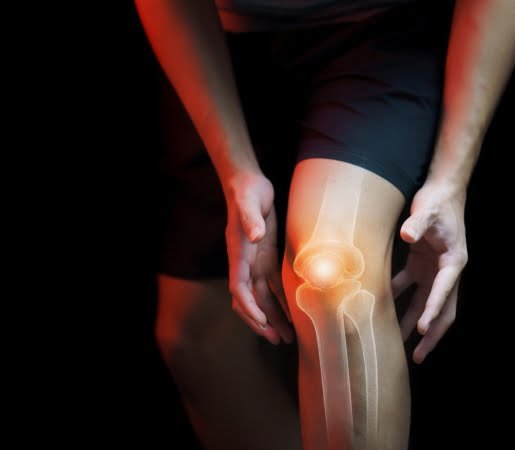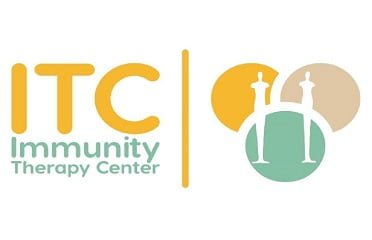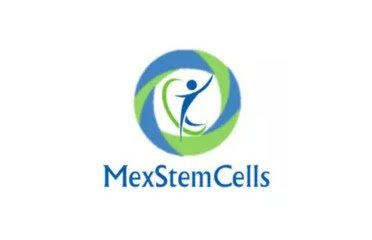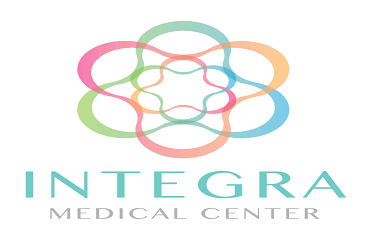Ready for your stem cell consultation?
Schedule today to get a personalized treatment plan from our expert team and discover how stem cell therapy can transform your life! Contact us now to start your journey towards better health.
Global Stem Cell Therapy is your gateway to the future of health, serving as a comprehensive online marketplace dedicated to the regenerative medicine industry. We bridge the gap between patients, healthcare professionals, researchers, and vendors across the globe, fostering a network where innovation thrives and life-changing treatments are within reach.




Stem cell therapy uses the body’s natural healing abilities to regenerate and repair tissues, offering innovative treatments and promoting recovery for various medical conditions.
Stem cells regenerate neural tissues, aiding in recovery from different conditions
Find relief and mobility with stem cell treatment for orthopedic conditions.
Stem cell treatment holds promise for repairing organ defects through regenerative medicine.








Transform lives with advanced stem cell therapy for autism in Austria, offering hope and new possibilities.
Discover how stem cell therapy in Colombia can transform your health and open new doors to wellness!
Relieve knee arthritis pain with advanced stem cell therapy in Mexico and get back to doing what you love!
Experience the healing potential of Stem Cell Therapy in Thailand and rejuvenate your health!
Thomas William, a 71-year-old from Lake Country, Canada, battled relentless pain from osteoarthritis caused by years of playing rugby. With limited treatment options and long waiting periods in Canada, Thomas sought relief through stem cell therapy at Progencell Clinic in Tijuana, Mexico.
Despite the $16,826 cost, the promise of alleviating his chronic pain made the decision clear. The caring staff and detailed explanations at Progencell reassured him, and the therapy gradually reduced his pain, allowing him to reclaim his mobility and enjoy life again.
Schedule today to get a personalized treatment plan from our expert team and discover how stem cell therapy can transform your life! Contact us now to start your journey towards better health.
 X
X
Hello! Welcome to Global Stem Cell Therapy
Please fill the form to proceed...